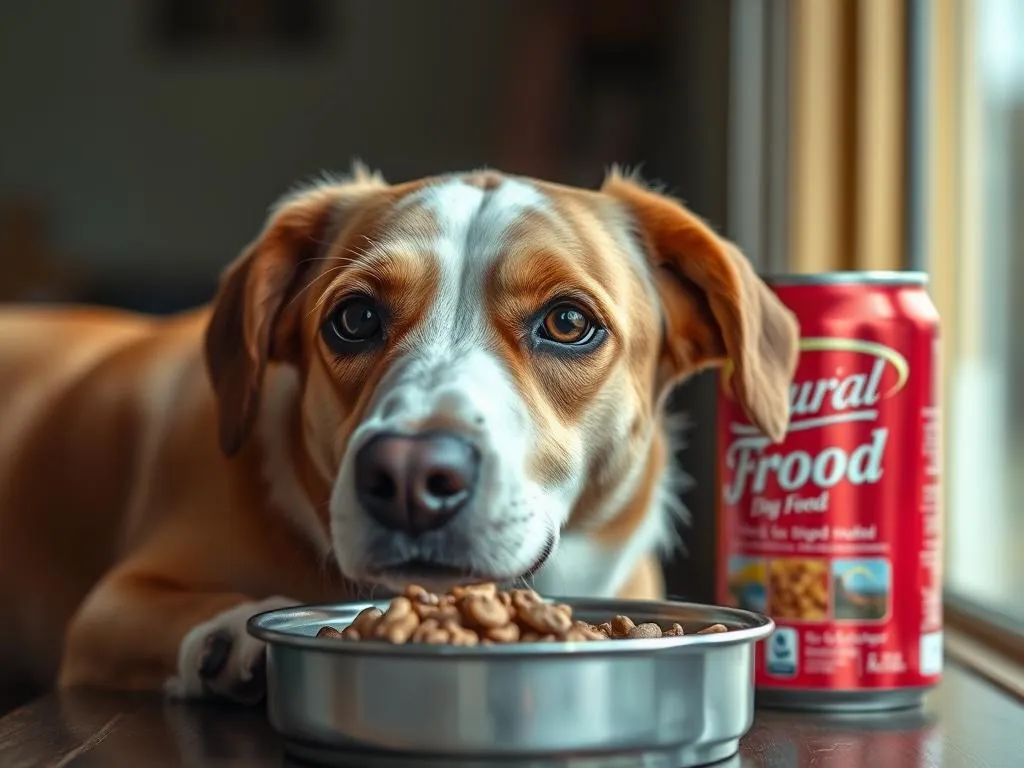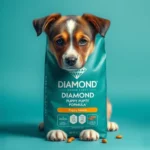
Dog nutrition is an essential aspect of pet ownership, directly impacting the health and well-being of our furry companions. Understanding what goes into dog food, how to store it properly, and recognizing the signs of spoiled food can help ensure that our dogs live long, healthy lives. One critical question for pet owners is, can dog food go bad? This blog post will explore dog food safety, the factors that influence food shelf life, and best practices for maintaining your dog’s nutrition.
Understanding Dog Nutrition
The Basics of Dog Nutrition
A well-balanced diet is crucial for dogs, just as it is for humans. Dogs require a variety of essential nutrients to thrive, including:
- Proteins: Necessary for growth and repair of tissues.
- Fats: Provide a concentrated source of energy and support skin and coat health.
- Carbohydrates: Offer energy and aid in digestion.
- Vitamins: Essential for various biochemical functions in the body.
- Minerals: Key for bone health, nerve function, and overall metabolic processes.
Dietary needs vary depending on a dog’s life stage—puppies, adults, and seniors each have unique nutritional requirements. Puppies need more protein and calories for growth, while senior dogs may require fewer calories and more fiber to support digestion.
Types of Dog Food
Pet owners have several options when it comes to dog food:
- Commercial Dog Food: This category includes dry kibble, wet food in cans, and raw diets. Each type has its pros and cons.
- Homemade Dog Food: Some owners opt to prepare meals at home, ensuring control over ingredients but requiring careful nutritional planning.
- Grain-Free vs. Grain-Inclusive Diets: There’s a growing trend towards grain-free diets, though recent studies suggest that not all dogs need to avoid grains.
Dog Food Shelf Life
What is Shelf Life?
Shelf life refers to the duration that dog food remains safe and nutritionally adequate for consumption. Various factors influence the shelf life of dog food, including:
- Ingredients: Natural ingredients tend to have shorter shelf lives compared to preservatives.
- Packaging: Vacuum-sealed or oxygen-free packaging can prolong shelf life.
- Storage Conditions: Temperature and humidity play significant roles in how long dog food stays fresh.
Expiration Dates and Best By Dates
Understanding the difference between “expiration date” and “best by date” is crucial for pet owners.
- Expiration Date: This date indicates when the food is no longer guaranteed to be safe for consumption. Feeding your dog food past the expiration date can pose health risks.
- Best By Date: This date suggests when the food is likely to be at its peak quality. While food may still be safe to consume after this date, it may not provide optimal nutrition.
Can Dog Food Go Bad?
Signs That Dog Food Has Gone Bad
It’s essential for pet owners to recognize the signs of spoiled dog food to protect their furry friends. Some indicators include:
- Visual Signs: Look for mold, discoloration, or an unusual texture.
- Smell: Spoiled food may emit a rancid or off-putting odor.
- Texture Changes: Dry food may become soft or clump together, while wet food might separate or develop a watery layer.
Feeding your dog spoiled food can lead to health issues such as vomiting or diarrhea, so it’s crucial to check food before serving.
How Long Does Dog Food Last?
On average, dog food shelf life varies by type:
- Dry Dog Food: Typically lasts 12-18 months when stored properly.
- Wet Dog Food: Usually lasts around 2-5 years, depending on the canning process and preservatives used.
- Raw Dog Food: Has a shorter shelf life, generally around 3-6 months in the freezer.
Factors such as packaging, ingredients, and storage conditions can significantly extend or reduce this shelf life.
Proper Storage of Dog Food
Storage Conditions
Storing dog food in the right conditions is vital for maintaining its quality. Ideally, dog food should be kept in a cool, dry place, away from sunlight and humidity.
- Temperature: The ideal storage temperature is below 80°F (27°C).
- Humidity: Low humidity levels help prevent mold growth.
Tips for Storing Dog Food
To keep dog food fresh and safe, consider these best practices:
- Use Air-tight Containers: High-quality, air-tight containers can prevent exposure to moisture and pests.
- Rotate Stock: When purchasing new dog food, place the older bags at the front to use them first. This practice helps to ensure that the food is consumed before it goes bad.
Handling Dog Food Responsibly
Buying Dog Food
When purchasing dog food, it’s essential to select high-quality products. Here are some tips:
- Check Expiration Dates: Always look for the expiration or best by date before buying.
- Read Labels: Familiarize yourself with the ingredients to ensure it meets your dog’s dietary needs.
Feeding Practices
Feeding your dog the right amount of food at the right times is crucial. Consider these feeding practices:
- Portion Control: Follow the feeding guidelines on the dog food package to avoid overfeeding.
- Feeding Schedule: Establish a routine to help regulate your dog’s digestion.
Avoiding overfeeding is vital in preventing obesity, which can lead to multiple health problems.
Health Implications of Bad Dog Food
Risks of Feeding Bad Food
Feeding dogs spoiled food can lead to various health risks, including:
- Gastrointestinal Distress: Common symptoms include vomiting, diarrhea, and stomach cramps.
- Long-term Health Issues: Repeated exposure to spoiled food may lead to chronic health problems.
Recognizing the symptoms of food spoilage is crucial for maintaining your dog’s health.
When to Seek Veterinary Help
If you suspect your dog has consumed spoiled food, monitor them closely. Here are some guidelines:
- Watch for Symptoms: If your dog exhibits symptoms such as vomiting or lethargy, contact your veterinarian.
- Regular Check-ups: Regular veterinary visits can help catch potential health issues early.
Conclusion
Proper dog nutrition and safe food practices are essential for maintaining the health and well-being of our canine companions. Understanding whether can dog food go bad is crucial for every dog owner. By staying informed about food storage, shelf life, and the signs of spoiled food, you can ensure that your dog receives the nutrition they need without compromising their health. Regularly check expiration dates, choose quality food, and keep an eye on your dog’s overall health to maintain their happiness and longevity.









